The UK’s butterflies are in trouble with half of them listed as threatened or near threatened and 80% having decreased in abundance, distribution or both since the 1970s. This talk will present the latest assessment of the UK’s butterflies, drawing on decades of data from citizen science recording and monitoring. Despite the gloomy overall picture painted by the long-term trends, numerous examples show that, given sufficient resources, conservation action can turn around the fortunes of threatened butterflies.
Q&A with Dr Richard Fox
Dr Richard Fox is Head of Science at Butterfly Conservation. He has been developing and running citizen science recording schemes for UK butterflies and moths, and analysing the results, for over 25 years.
- Does The State of the UK’s Butterflies report use all survey data, including the Big Butterfly Count?
In theory, it all contributes. The population trends come from the UK Butterfly Monitoring Scheme and the Wider Countryside Butterfly Survey as these use transects that can be compared between years. The data from various other recording schemes, including the Garden Butterfly Survey and the Big Butterfly Count, are passed on to County Recorders that check the records and verified records enter the Butterflies For the New Millenium database (the national recording schemed for butterflies). We’ve analysed the Big Butterfly Count data and shown that the changes from year to year for the unverified data closely match changes from the UK Butterfly Monitoring Scheme. - Is data available for the Republic of Ireland and are the trends the same?
Butterfly Conservation covers Northern Ireland but not the Republic of Ireland. The data holding organisation for Ireland is the National Biodiversity Data Centre and they organise a monitoring scheme that also involves transects. It hasn’t been running as long as the UK scheme. They also collate distribution records. An Ireland butterfly atlas is in progress, though I’m not sure when this is due. - Are a lot of the range expansions into Scotland due to climate change?
Yes, I think it is mostly due to climate change. We’re a collection of relatively cool and damp islands off the coast of Europe and all of the butterfly species that occur in the UK are also found in other parts of Europe. Many of these species reach a climatically determined edge to their range in the UK and Ireland. Most of these species are southerly species and adapted to warmer conditions, and they are now able to survive further north. We also have some cold-adapted species, such as Northern Brown Argus, Mountain Ringlet and Scotch Argus, that we don’t get in the southern parts of Britain and these species may see their ranges retract further north and uphill. - Should conservation efforts focus on the rarest species of butterfly?
The Red Listing process was created and is managed by the IUCN and is a global standard to measure the risk of extinction of a species, – not its rarity nor conservation priority. Just because something is listed as Endangered on a Red List does not necessarily mean that a species should be a conservation priority. Factors that need to be considered include how much we know about a species, do we know how to conserve the species effectively, how much will conservation interventions cost and how pragmatic is it to try to conserve a species. The Small Heath is a species on the Red List that is still very widespread in the UK so it is hard to imagine what we can practically do at a species level. Another species may not be declining at all, but have a very restricted population (i.e. be considered rare) with reasons to worry about its future. Undertaking local conservation interventions that are likely to have an impact on the restricted species may therefore be the conservation priority. - Are there any other captive breeding for butterflies designed to retain genetic diversity?
As far as I’m aware, there aren’t any captive breeding schemes for UK butterflies that are going on for the sake of retaining genetic diversity itself. However, there are other captive breeding projects underway to reintroduce butterflies to areas where they have been lost. The Cumbrian Marsh Fritillary Project example that I gave in my presentation involved taking caterpillars from that last web and crossing them with individuals from Scottish populations before release. Reintroduction only works when there is the necessary habitat management in place – it’s not a good idea to introduce butterflies into an area if there is no suitable habitat. - Are there illegal non-conservation releases and does this impact the data?
It can be a problem for the data, as it can make the data difficult to interpret – for example, a population could look healthy if a species is being repeatedly introduced in an area and this may result in a lack of conservation interventions where they are needed. It can also be illegal, for example releasing them onto a protected site such as a SSSI or releasing a non-native species. - What is the best thing that the general public can do to help butterflies?
The best thing would be for people to let their grass grow long and allow wildflowers and “weeds” flourish. This can be a patch within the garden, and these can be rotated in different years. We need to consider both the adult and larval (caterpillar) stages of butterflies and regularly mowing grass removes important habitat for caterpillars. Plus it costs nothing to do! No Mow May is a great initiative to get people thinking, but it isn’t long enough to have a significant impact. We need No Mow Year!
Literature references
- Fox et al (2023) State of the UK’s Butterflies Report 2022: https://butterfly-conservation.org/sites/default/files/2023-01/State%20of%20UK%20Butterflies%202022%20Report.pdf
- Fox et al (2022) A revised Red List of British butterflies: https://resjournals.onlinelibrary.wiley.com/doi/abs/10.1111/icad.12582
Further info
- State of the UK’s Butterflies Report 2022: https://butterfly-conservation.org/state-of-uk-butterflies-2022
- Red List of Butterflies in Great Britain: https://butterfly-conservation.org/red-list-of-butterflies-in-great-britain
- Recording Butterflies: https://butterfly-conservation.org/butterflies/recording-and-monitoring
- Butterfly Conservation Wild Spaces: https://butterfly-conservation.org/wild-spaces
- Butterfly Conservation website: https://butterfly-conservation.org/
- Butterfly Wild ID Guide from the FSC: https://www.field-studies-council.org/shop/publications/butterflies-guide/
- Lepidoptera Checklist from the RES: https://www.field-studies-council.org/shop/publications/lepidoptera-checklist/
- Introduction to Butterflies & Moths course: https://www.field-studies-council.org/courses-and-experiences/static-courses/an-introduction-to-butterflies-and-moths/
entoLIVE
entoLIVE webinars feature guest invertebrate researchers delving into their own invertebrate research. All events are free to attend and are suitable for adults of all abilities – a passion for invertebrates is all that’s required!
- Donate to entoLIVE: https://www.gofundme.com/f/entolive-2025
- Upcoming entoLIVE webinars: https://www.eventbrite.com/cc/entolive-webinars-74679
- entoLIVE blog: https://biologicalrecording.co.uk/category/entolive-blog/
- entoLIVE on YouTube: https://youtube.com/playlist?list=PLuEBNUcfMmE95Re19nMKQ3iX8ZFRFgUAg&feature=shared
entoLIVE is only possible due to contributions from our partners.
- Find out about more about the British Entomological & Natural History Society: https://www.benhs.org.uk/
- Browse the list of identification guides and other publications from the Field Studies Council: https://www.field-studies-council.org/shop/
- Check out environmentjob.co.uk for the latest jobs, volunteering opportunities, courses and events: https://www.environmentjob.co.uk/
- Check out the Royal Entomological Society‘s NEW £15 Associate Membership: https://www.royensoc.co.uk/shop/membership-and-fellowship/associate-member/

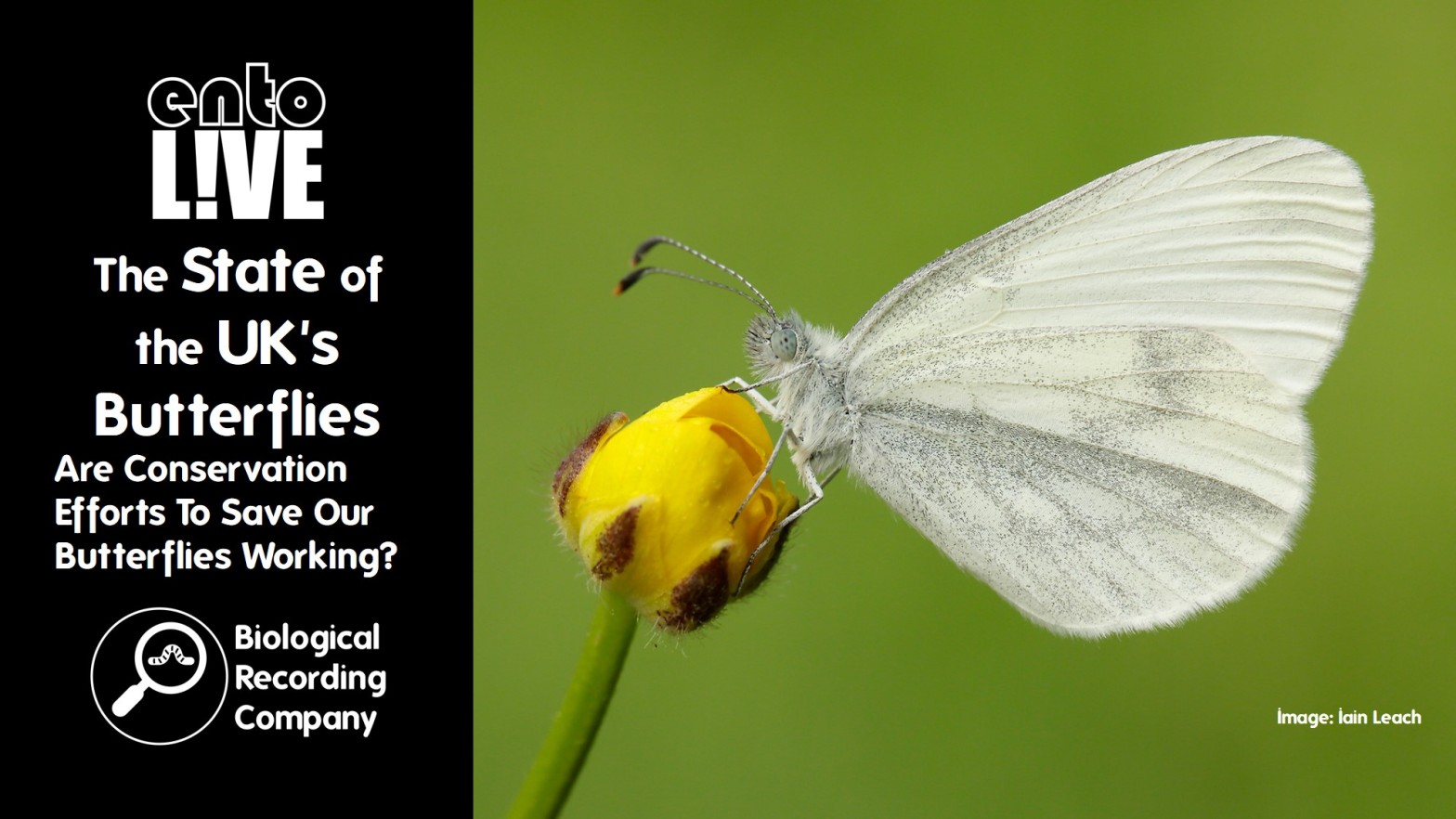


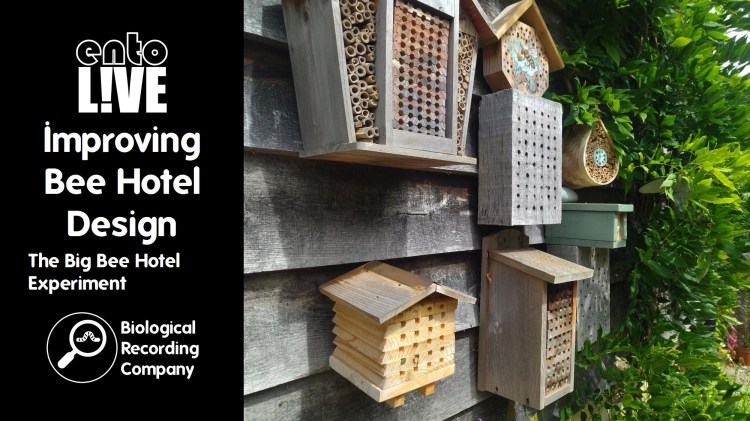
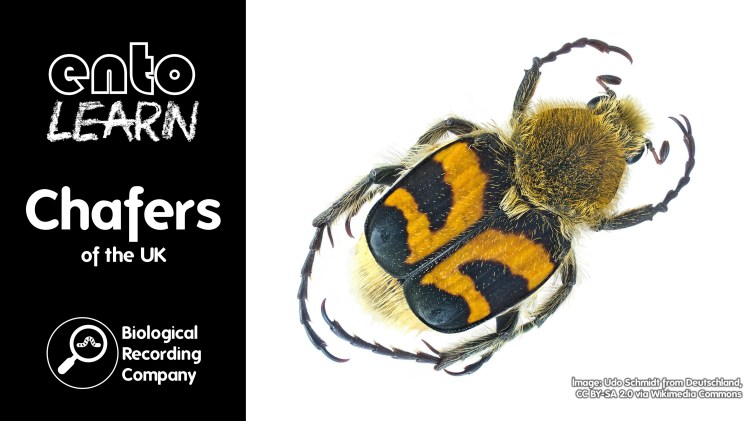
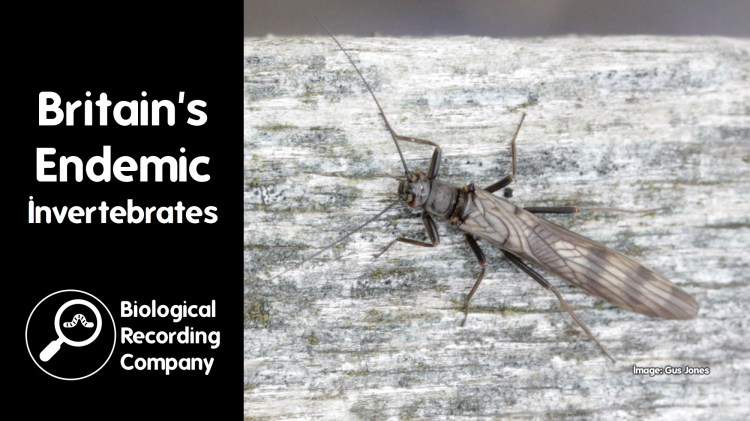
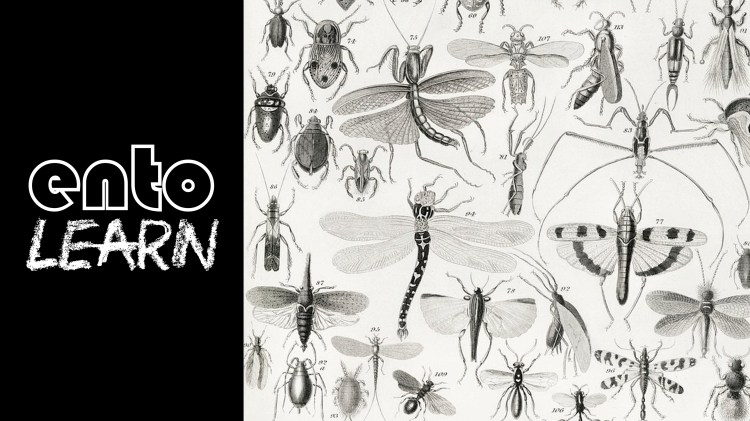
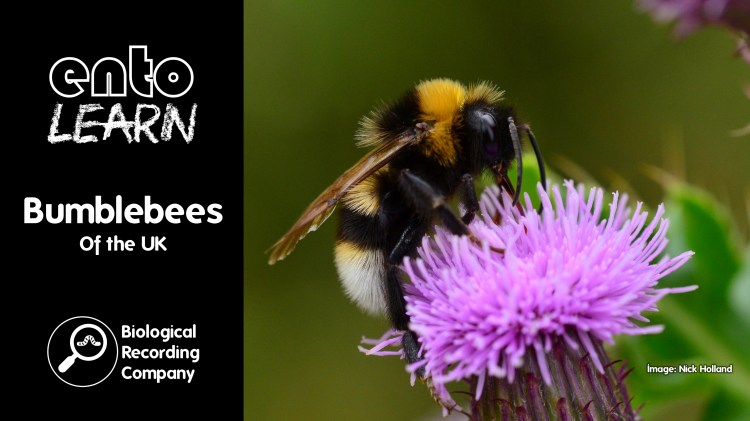


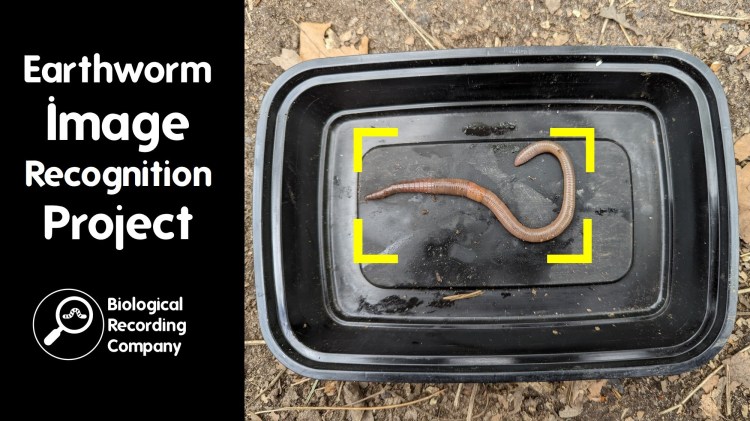
2 thoughts on “The State of the UK’s Butterflies: Are Conservation Efforts To Save Our Butterflies Working?”